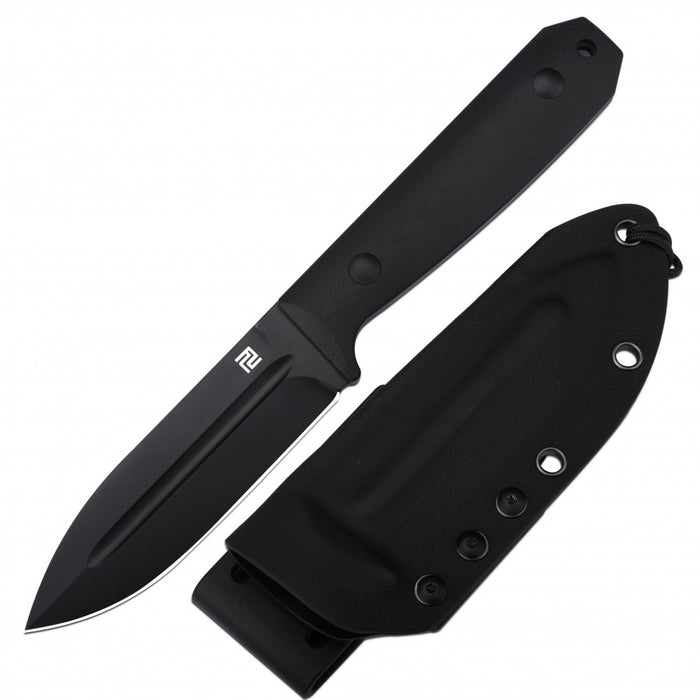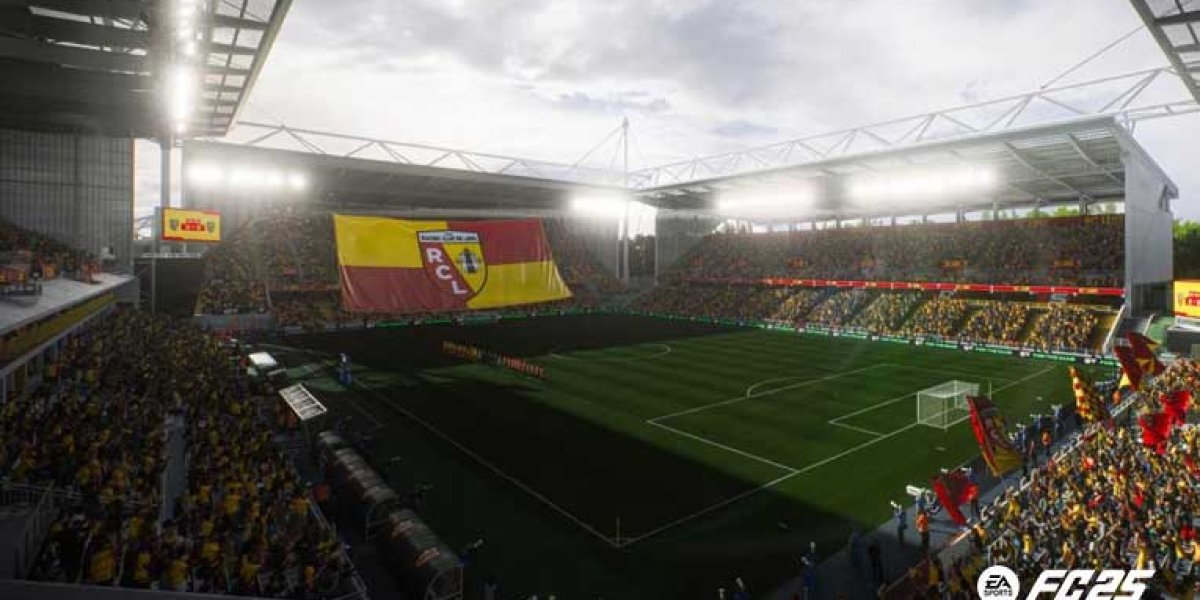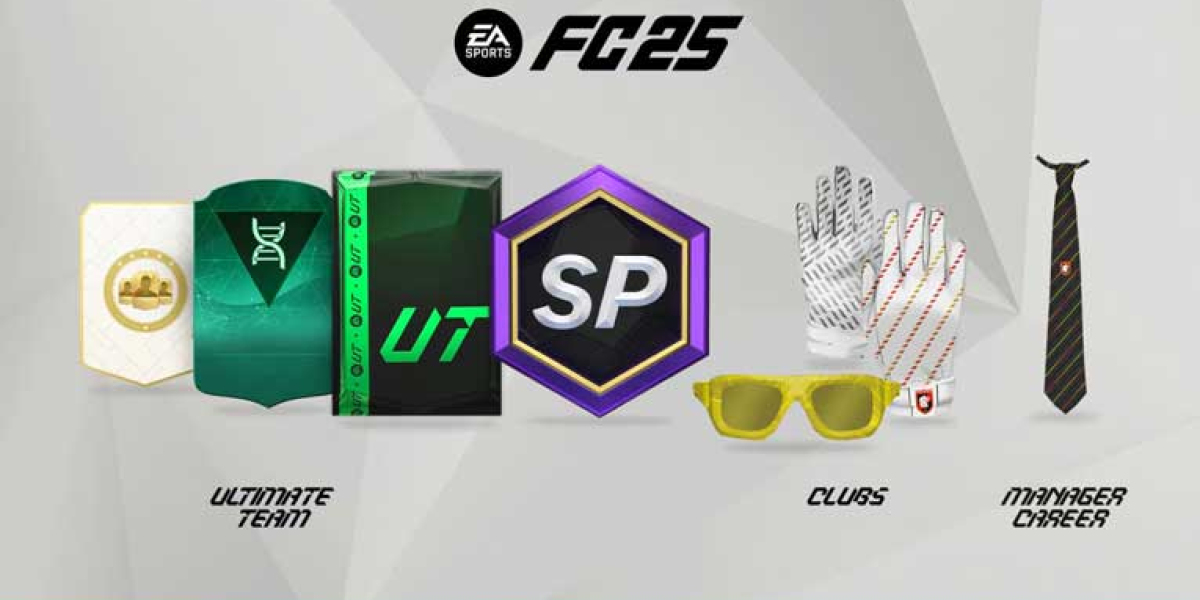When it comes to outdoor adventures, having the right tools can make all the difference. A fixed blade knife is one of the most essential tools for any outdoor enthusiast. Whether you are camping, hiking, or hunting, understanding how to choose the perfect fixed blade knife can enhance your experience and ensure safety.

Understanding Fixed Blade Knives
A fixed blade knife is characterized by its sturdy, non-folding blade that is securely attached to the handle. This design offers several advantages, including increased strength and durability. Unlike folding knives, fixed blade knives are less likely to malfunction under heavy use, making them ideal for rigorous outdoor activities.
Types of Fixed Blade Knives
There are various types of fixed blade knives, each designed for specific tasks. Here are some common categories:
- Survival Knives: Designed for emergency situations, these knives often feature a robust blade and additional tools.
- Hunting Knives: These knives are tailored for skinning and processing game, typically with a curved blade.
- Camping Knives: Versatile and multipurpose, camping knives can handle a variety of tasks from food preparation to shelter building.
- Utility Knives: Ideal for everyday tasks, utility knives are practical for both outdoor and indoor use.
Choosing the Right Blade Material
The material of the blade is crucial when selecting a fixed blade knife. Common materials include stainless steel and carbon steel. Stainless steel is resistant to rust and corrosion, making it suitable for wet conditions. On the other hand, carbon steel offers superior edge retention and is easier to sharpen, but it requires more maintenance to prevent rust.
Handle Design and Comfort
Another important aspect to consider is the handle design. A comfortable grip can significantly affect your performance and safety. Look for handles made from materials like G10, Micarta, or rubber, which provide excellent traction and comfort. Additionally, the shape of the handle should fit your hand well, allowing for a secure grip during use.
Maintenance Tips for Your Fixed Blade Knife
To ensure the longevity of your fixed blade knife, proper maintenance is essential. Here are some tips:
- Regularly clean the blade after use to prevent corrosion.
- Sharpen the blade as needed, using a whetstone or sharpening tool.
- Store the knife in a dry place, preferably in a sheath to protect the blade.
- Inspect the handle and blade for any signs of wear or damage before each use.
For those looking to explore a wide range of options, consider visiting  . This collection offers various styles and materials to suit your outdoor needs.
. This collection offers various styles and materials to suit your outdoor needs.
Conclusion
In summary, a fixed blade knife is an invaluable tool for outdoor adventures. By understanding the different types, materials, and maintenance practices, you can select the perfect knife that meets your specific needs. Whether you are a seasoned adventurer or a beginner, investing in a quality fixed blade knife will enhance your outdoor experience.








